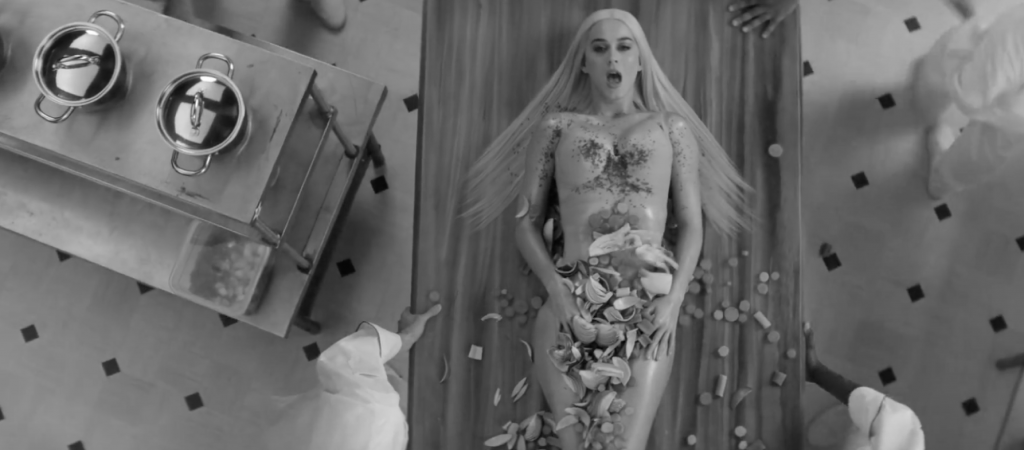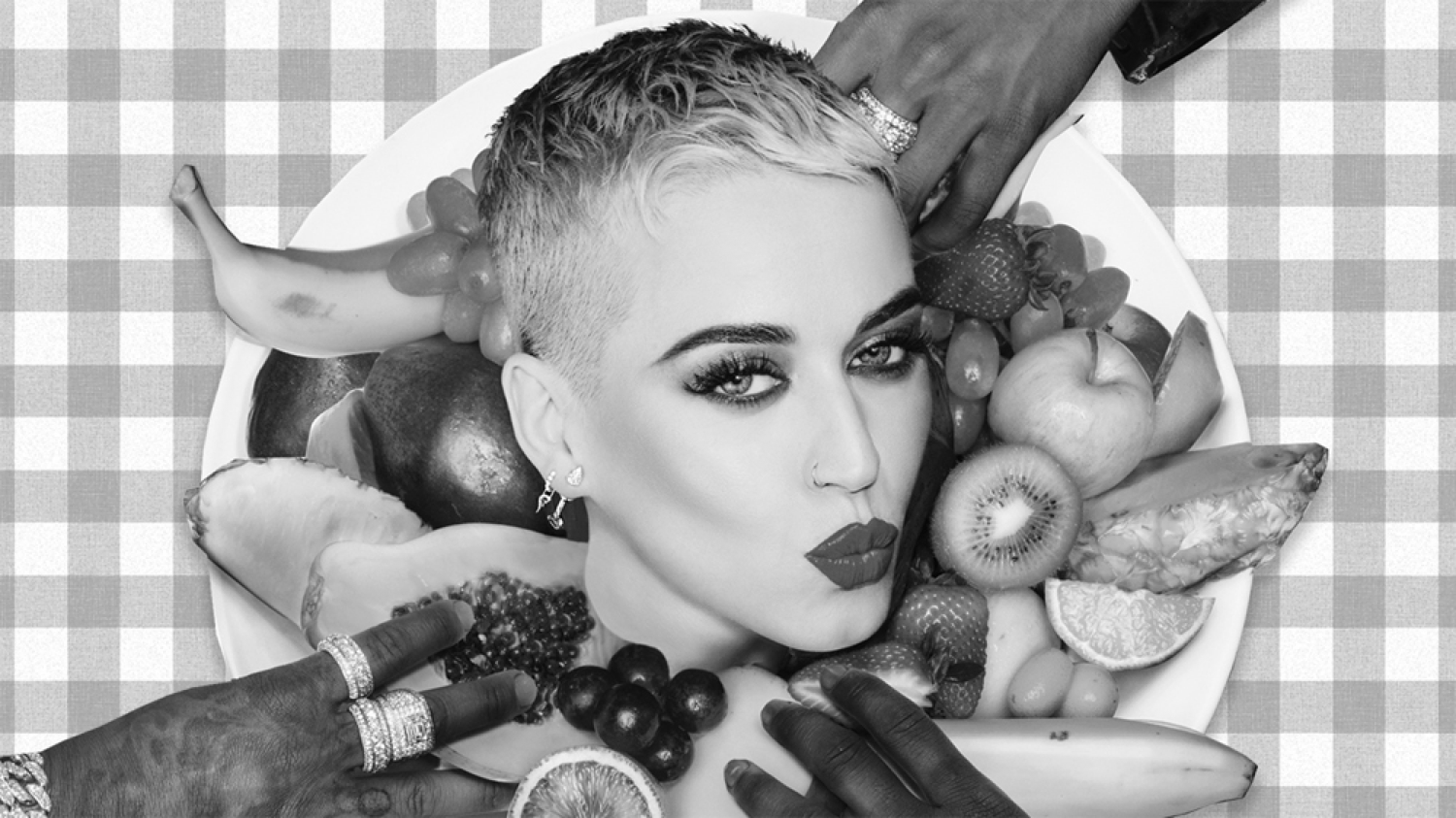Have you ever wondered how humans taste like? Before you call the cops on me for cannibalism, let us explore a variety of food metaphors that structure our concept of sexual identity first, shall we? According to Lakoff (1987), the theme ‘(sexual) desire is appetite’ within which the object of the appetite is a person, portrays that human is food. Several lexical items construct desire predominantly, as appetite for food: mouth-watering ‘extremely attractive’, drool ‘show extreme foolish pleasure or desire’, and luscious ‘extremely attractive, pleasant or desirable’ (Goatly, 2007).
In this schema, humans are often characterised as the food that will satisfy this appetite, where food metaphors constructing humans as sexually desirable are disproportionately used of females. The following are some metaphors of food drawn upon to characterise women as edible objects for male consumption: cheesecake ‘half-naked, female, photographic models’, tart ‘sexually attractive woman’, mutton dressed as lamb ‘older woman trying to look young’ and lollipop ‘attractive young girl’ (Goatly, 2007).
What features from the schema of eating do these metaphor themes transfer to the schema for sex? Fundamentally, the schemas differ in that if we do not eat we die, whereas, if we have no sex, we simply fail to reproduce, resulting in the death of the human race (Goatly, 2007). Equating sex with eating purely suggests that sex is essential in life, and therefore we are entitled to obtain it even by force or illegal means. By applying these metaphors mainly to women, men suggest they are entitled to have sex with them by any means. Additionally, they suggest that the sole purpose of women is to satisfy the appetites of men, just as food is produced for the sole purpose of eating, with women, like food, passive in this process (Hiraga, 1991).
Katy Perry’s popular single in 2017 ‘Bon Appétit’ has recently given her fans a lot to chew on with over-the-top sexual metaphors in its lyrics that serve up female sexuality as a four-course meal.
Perry’s playful teasing and flirtatious humour continue throughout the lyrics, where she presents her sexuality as delicious and deeply satisfying as a hearty, hot dish. In the sexually charged song, she even uses this metaphor to boast about her physical allure, calling herself a five-star Michelin, an honourable title bestowed to restaurants with only the most exceptional of standards. But she also uses the verse to outline her seduction, comparing herself to the world’s best cherry pie, which can mean a virgin’s vagina (Hiraga, 1991).
It is distasteful that these metaphors denigrate women to the status of objects, focusing on their powerlessness. Frederickson and Roberts (1997) theorise that sexual objectification stems from a broader sexist ideology that entitles men to view women as objects that they can use for their personal gain – that is, as things to which actions are done. This broader picture helps us to comprehend why women are objectified in terms of objects besides their bodies and body parts, where many chauvinistic metaphoric expressions refer to women as foods such as cookie, dish, cherry pie, which are objects designed to satisfy one’s individual goals (Hiraga, 1991).
In ‘Bon Appétit’, Perry completely submits to the chefs where they knead and twist her limbs like bread, boil her in a jacuzzi-size pot, and serve her with a vegetable garnish to a group of hungry customers.


But when Perry is finally served on the table, the chefs who used to have the upper hand with her are now under her control, tying up and gagging the customers as she looks on triumphantly. Toward the end, we even see Perry with a fork and knife, ready to devour a pie made of those who wanted to feast on her.

In a time when plenty of women feel that their bodies are slipping out of their own control, it is empowering to see Perry turn the tables on those who threaten her agency. The message in ‘Bon Appétit’ is subtle yet crystal clear – if you plan to mess with Katy Perry, she is ready to serve it right back.
References:
Fredrickson, B. L., & Roberts, T. (1997). Objectification theory: Toward understanding women’s lived experiences and mental health risks. Psychology of Women Quarterly, 21(2), 173-206.
Goatly, A. (2007). Washing the Brain: Metaphor and Hidden Ideology. Amsterdam: John Benjamins Publishing Company.
Hiraga, M. (1991). Metaphors japanese women live by. Working Papers on Language, Gender and Sexism, 1(1), 38-57.
Lakoff, G. (1987). Women, Fire, and Dangerous Things. Chicago: University of Chicago Press.

